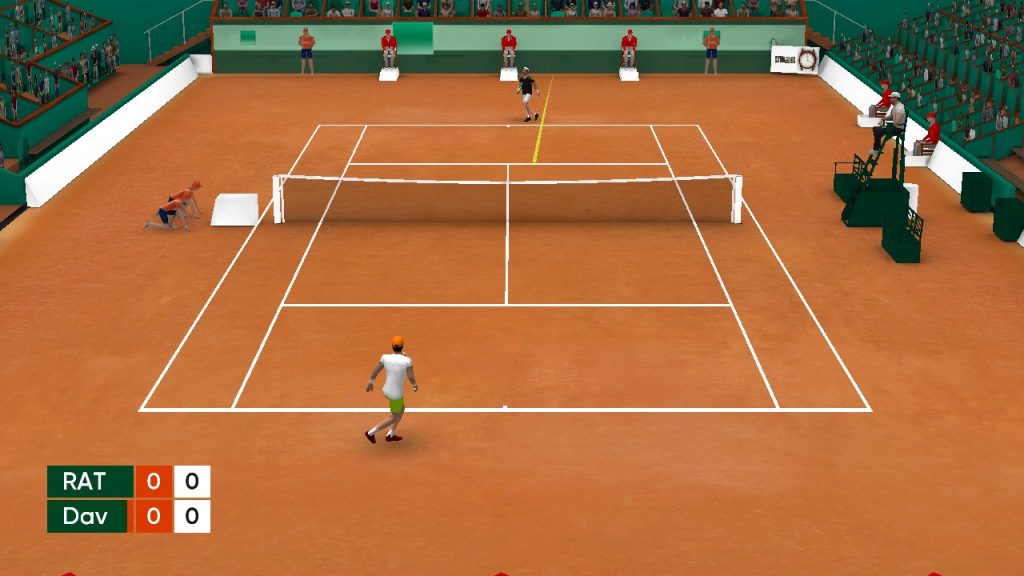Here is the exact definition of the home court factor according to Wikipedia:
IN SPORT, THE HOME FIELD FACTOR IS THE ADVANTAGE ENJOYED BY A TEAM PLAYING IN ITS OWN STADIUM.
Although it is statistically observed that such an advantage exists in many sports, its causes are not fully understood: possible reasons are familiarity with the home team’s home ground, travel fatigue on the part of the visiting team and the effect of cheering, particularly on the referee’s judgement.
THE ELEMENTS ON WHICH THE HOME GROUND FACTOR IS BASED
According to many journals in the field, there is scientific evidence that unequivocally demonstrates the advantage of home teams.
One such piece of evidence is the study conducted by Harvard University, which concludes that:
FOR EVERY 10000 FAVOURABLE FANS IN THE AUDIENCE, THERE WOULD BE, ON AVERAGE, 0.1 MORE GOALS PER GAME.

(You can learn more about this curiosity by reading this BBC article… yes, I know it’s in English but it can be a good opportunity to train your language skills! ?)
There are many other articles on the subject, but breathe a sigh of relief, I won’t list them all.
I have read dozens of them and I will summarise the main points in this guide!
First of all, you need to be clear about the 4 main elements that can bring victory to the home team.
In my opinion they are:
- The fans,
- the familiarity with your stadium,
- the location of the stadium and the climate,
- travel.
Let’s analyse them together, one by one…
THE FANS
The constant and often deafening encouragement of the fans can have an important impact on the outcome of a match.
Playing in front of 9,000 spectators can instil a certain reverential fear in the protagonists of the match who have little character or experience.
I am referring specifically to the younger players of the opponents, but also to the referees, who have no experience in the category and are more subject to conditioning.
FAMILIARITY
It has been proven that the familiarity of a team with its stadium, and with the pitch, is a big advantage for the team playing at home.
For this reason, many Spanish and English clubs take advantage of the FIFA regulations that allow them to widen or narrow the pitch at their own discretion.
This freedom allows them to set the length of the pitch in a range between 100 and 110 metres, and the width between 64 and 75 metres.
Barcelona and Arsenal, for example, prefer to have a wider pitch in order to make the most of one of their main tactical characteristics: ball possession.
Lately it has become fashionable to water the pitch before the match starts.
Who better than the home players to know and immediately adapt to their ‘home turf’, suitably wet?
STADIUM LOCATION

How can the location of the stadium and the weather be decisive for the outcome of a match?
LET’S TAKE THE EXAMPLE OF THE ‘ESTADIO HERNANDO SILES’ STADIUM IN BOLIVIA.
THE STADIUM IS LOCATED IN LA PAZ, 3600 METRES ABOVE SEA LEVEL!
THIS ALTITUDE CREATES A LOT OF DIFFICULTIES FOR THE OPPONENTS, WHO ARE FORCED TO PLAY IN CONDITIONS OF RAREFIED AIR TO WHICH THEY ARE NOT ACCUSTOMED.
The most obvious consequences of this altitude are:
- faster fatigue for the players,
- an increase in the speed of the balls kicked,
- more unpredictable trajectories of set pieces or long-distance shots.
